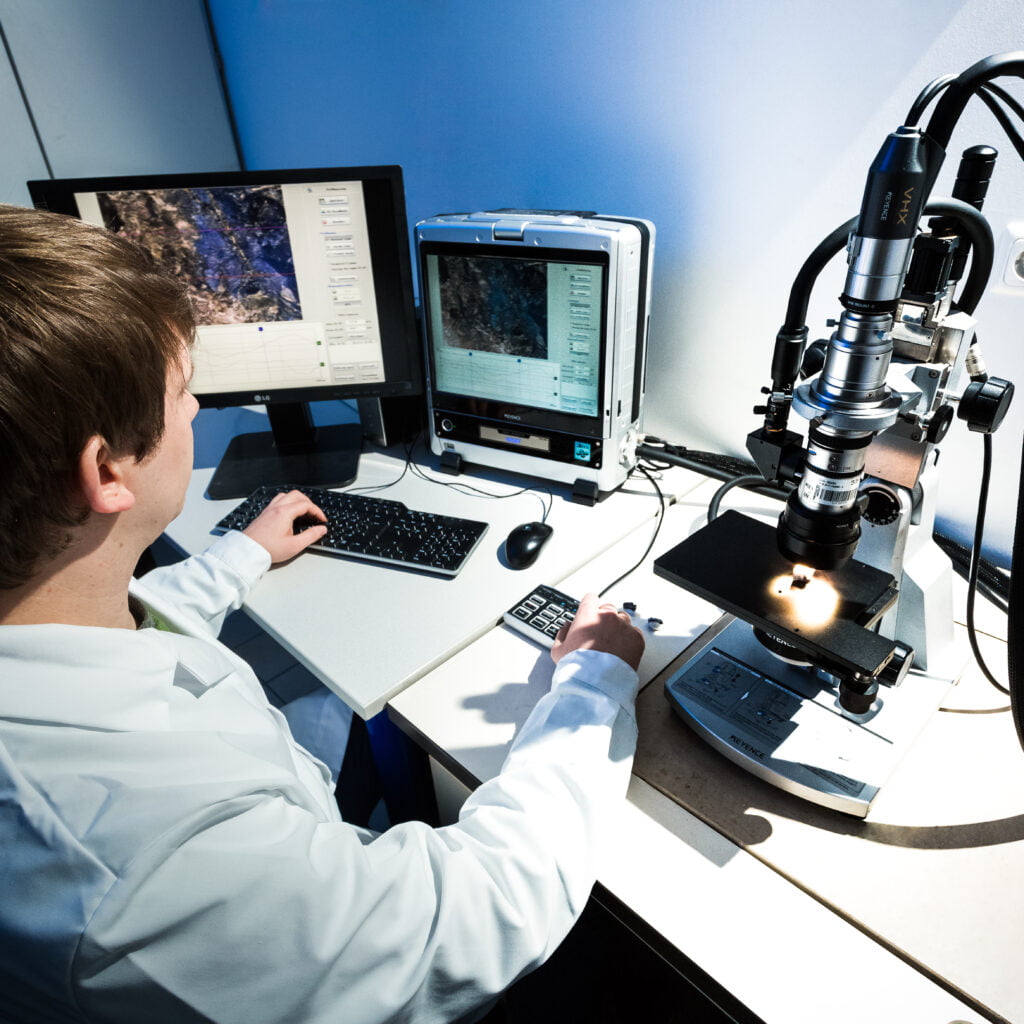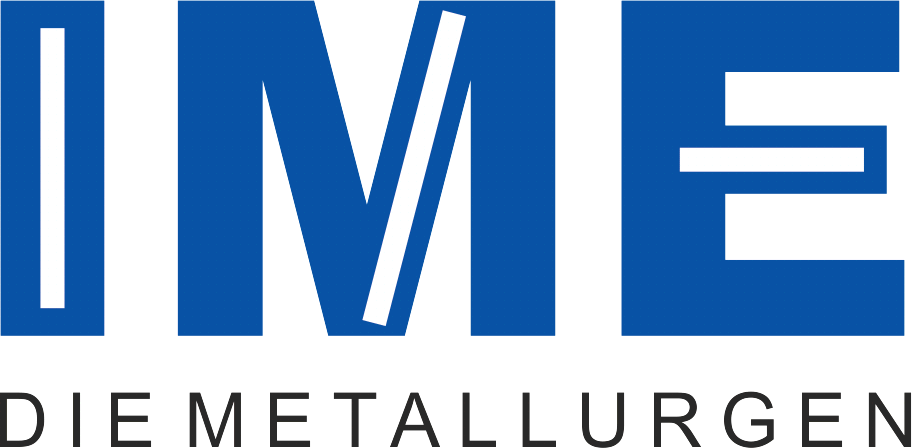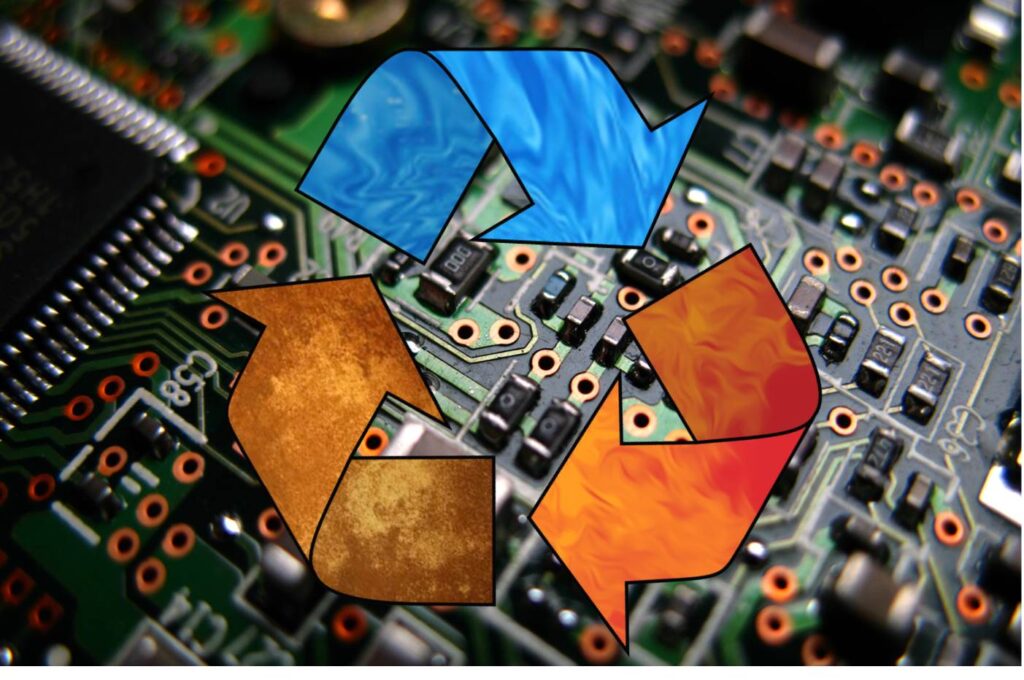Forschung » Elektronikschrott Recycling
Das IME hat sich zum Ziel gesetzt, das hohe Potential von Elektro- und Elektronik-schrott als Rohstoffressource zu nutzen und einen nachhaltigen, metallurgischen Recyclingprozess für Elektronikschrott zu entwickeln. Im Fokus steht dabei die Wiedergewinnung von Basismetallen (Kupfer, Aluminium), Edelmetallen (Gold, Silber, Platin und Palladium) sowie kritischen Metallen (Gallium, Germanium und Indium). Bei der Ausarbeitung von geeigneten Recyclingkonzepten kann das Institut auf langjährige Erfahrung in der Prozessentwicklung und Optimierung komplexer Stoffsysteme zurückgreifen. Aktuell werden in fünf Promotionsprojekten verschiedene Ansätze pyro- und hydro-metallurgischer Verfahren entwickelt, erprobt und hinsichtlich ihrer Selektivität, Effizienz und Flexibilität analysiert. Die Verfahren zielen auf die Verarbeitung unterschiedlicher Stoffströme (z.B. Leiterplatten, Schredder-Staub, ganze Smartphones) mit dem Ziel, die eingebundenen Wertmetalle verlustfrei zurückzugewinnen.
Key Aspekte: Reduzierende und energetische Verwendung von organischen Stoffen; Thermische Konditionierung (Pyrolyse); Autotherme Metallurgie; Mikrowellenerwärmung; Schlackendesign und kontrollierte Erstarrung zur Metallkonzentration; Rückgewinnung kritischer Metalle; Autogene Pellets in Bezug auf Phasentrennung; Anlagenentwicklung zur pyrometallurgischen Behandlung von reinem Elektronikschrott; Prozessoptimierung durch Mischung verschiedener Schrotte
Projektliste
- Short Circuits – Development of a small-scale processing route for the localised short-loop recycling of waste electronic circuit boards
- HEEERO – Hydrometallurgical Electrical and Electronic Equipment Recycling Optimization
- Formation of Ta-rich magnetite phases in WEEE recycling slags through modification and controlled cooling
- Development of a pyro-/hydrometallurgical process for the recovery of valuable metals from WEEE through small-scale operations in South Africa
- RemovAl – Removing the Waste Streams from the Primary Aluminum Production and Other Metal Sectros in Europe
- Development of a foam slag reactor for the autogenous recycling of the finest electronic waste
- Increasing Functional Recycling by Real-Time Analysis – Argos –
- Ag recycling of electrolysis electrode
- Recovery of rare strategic metals from EOL thin film PV modules (“PhotoRec”)
- Development of secondary antimony oxides for use in plastic materials
- Autothermal metal recovery from WEEE scrap through energy-optimized zero-waste metallurgy
- Improvement of selectivity in the removal of Sb, Sn and As from recycled lead
- Recovery of solar silicon from production residues of solar wafer production
- Optimum use of secondary metals – Economic and ecological limits of metal recycling
- Development of a process for the reduction of lead and zinc contents for the long-term avoidance of dumping and production of slag product, zinc oxide and lead metal



